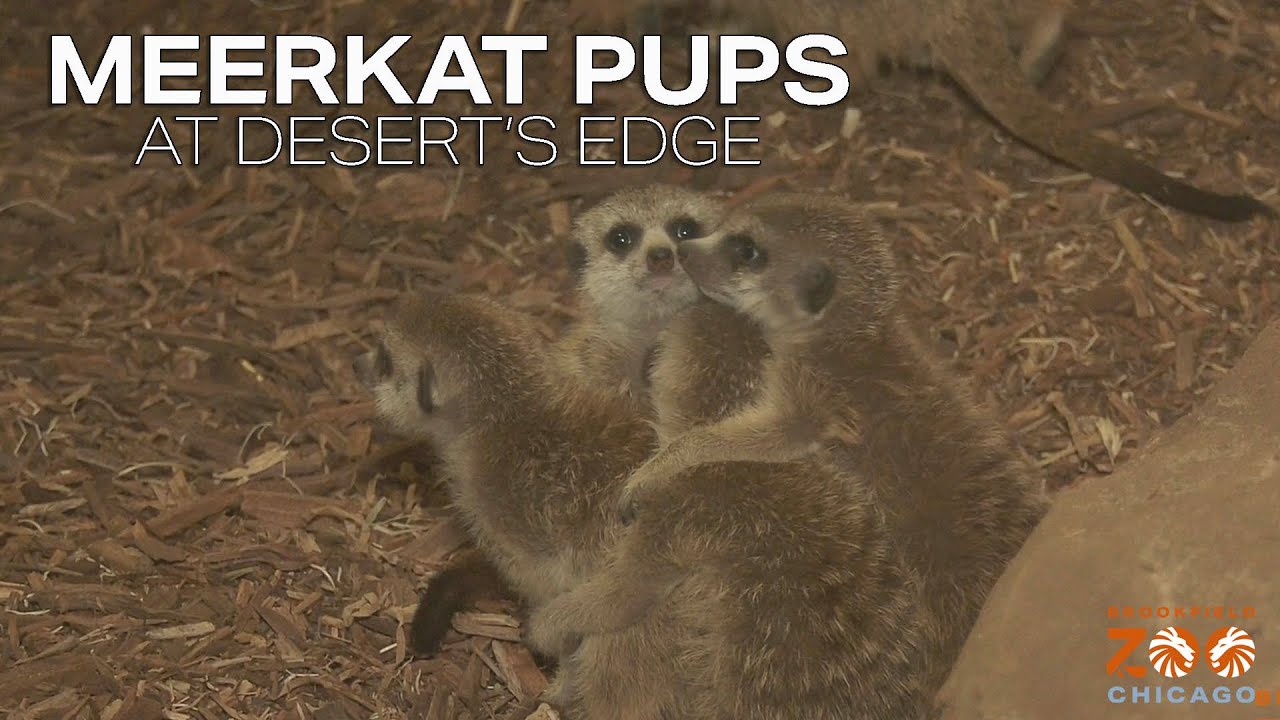– Understanding the social structure and development of 7-week-old meerkats in desert habitats
– The role of zoos and conservation programs in protecting meerkats and their ecosystems
– Challenges facing meerkats in the wild, such as habitat loss and climate change, and how these impact juvenile meerkats
– Essential care and management practices for meerkat pups within zoological settings
– The significance of educational outreach in fostering public support for meerkat conservation efforts
Meerkats are social animals from the Kalahari Desert, known for their intricate social structures and endearing behaviors. By the age of 7 weeks, meerkat pups are transitioning out of the den and beginning to explore the arid landscapes they call home. This stage of their lives is critical not only for their individual development but also for maintaining the dynamics of their mob or social group.
At 7 weeks, these pups are visible to onlookers as they learn survival skills from adult meerkats. They are taught how to forage for food, primarily insects, spiders, and scorpions. Learning to handle live prey is essential for their future, as they must be proficient hunters to thrive at the desert’s edge.
Zoos play a pivotal role in the conservation and education of these fascinating creatures. In controlled environments, zoological parks can mimic the natural habitats of meerkats and provide them with the necessary care, which includes a balanced diet, medical attention, and enrichment activities to promote natural behaviors. Observing 7-week-old meerkats in these settings offers invaluable insights into their development and social interactions.
Conservation efforts for meerkats often involve protecting their natural habitats and promoting sustainable practices that do not encroach on their native environments. In the wild, meerkat populations are threatened by habitat loss due to human expansion and agricultural activities. Climate change poses a significant threat, potentially altering the ecosystems where meerkats have thrived for ages.
One of the main challenges young meerkats face in the wild is predation. Birds of prey, snakes, and larger mammals see these small mammals as easy targets. In conservation settings, such threats are managed to protect the developing pups, but they remain a constant concern in their natural habitats.
Regarding care within a zoo setting, 7-week-old meerkat pups require diligent observation to ensure they integrate well into their groups and develop as expected. This includes monitoring their diet, ensuring they gain weight, and observing their behavior for signs of illness or distress. Meerkats are highly social, so it is important to provide them with a social environment that encourages their instincts and promotes healthy physical and mental development.
Education outreach stands as a cornerstone of conservation efforts. Informative presentations and interactive experiences with meerkats, particularly the playful and curious pups, often inspire visitors to become stewards of wildlife. By engaging the public with the fascinating lives of meerkats at the desert’s edge, zoos foster a deeper appreciation and a call to action for conserving these animals and their habitats.
7-week-old meerkat pups may seem small and insignificant in the grand scheme of wildlife conservation, but they represent the future of their species. The efforts dedicated to their well-being in zoos and protecting their native environments are critical to ensuring that meerkats continue to thrive in their arid homelands.
Caring for these young animals offers both challenges and rewards. Veterinary staff must monitor their health closely, which can be complex given their small size and subtle symptoms. Keepers are also tasked with providing various interactive elements within their habitats that encourage the pups’ natural digging and foraging behaviors.
Recognizing the ecological role of these animals, conservation programs have increasingly emphasized the protection of entire ecosystems instead of focusing solely on the species itself. This approach ensures that the delicate balance of predator-prey relationships and the overall health of the desert ecosystem are maintained, which is essential for the survival of meerkat populations.
Zoos strive to share the story of meerkats and their struggle for survival, and they have become vital in bridging the gap between humans and wildlife. It is through caring eyes and educated minds that people can learn about the importance of each creature, no matter how small, in our vast web of biodiversity. By learning about 7-week-old meerkats at the desert’s edge, it becomes clear how intricate and fragile the balance of life truly is.
*****
Source Description
Two male and two female pups were born on February 11 to 2½-year-old mother Naomi and 3-year-old sire Tebogo. Naomi and Tebogo both arrived at the Zoo in April 2023 on a breeding recommendation from the Association of Zoos and Aquariums’ Species Survival Plan. An SSP is a cooperative population management and conservation program for select species in accredited North American zoos and aquariums. Each plan manages the breeding of a species to maintain a healthy and self-sustaining population that is both genetically diverse and demographically stable. This is the first successful meerkat litter at Brookfield Zoo Chicago since 2010.
The pups can be seen daily in their habitat near the entrance of the Desert’s Edge building.
For more information, please visit www.brookfieldzoo.org

